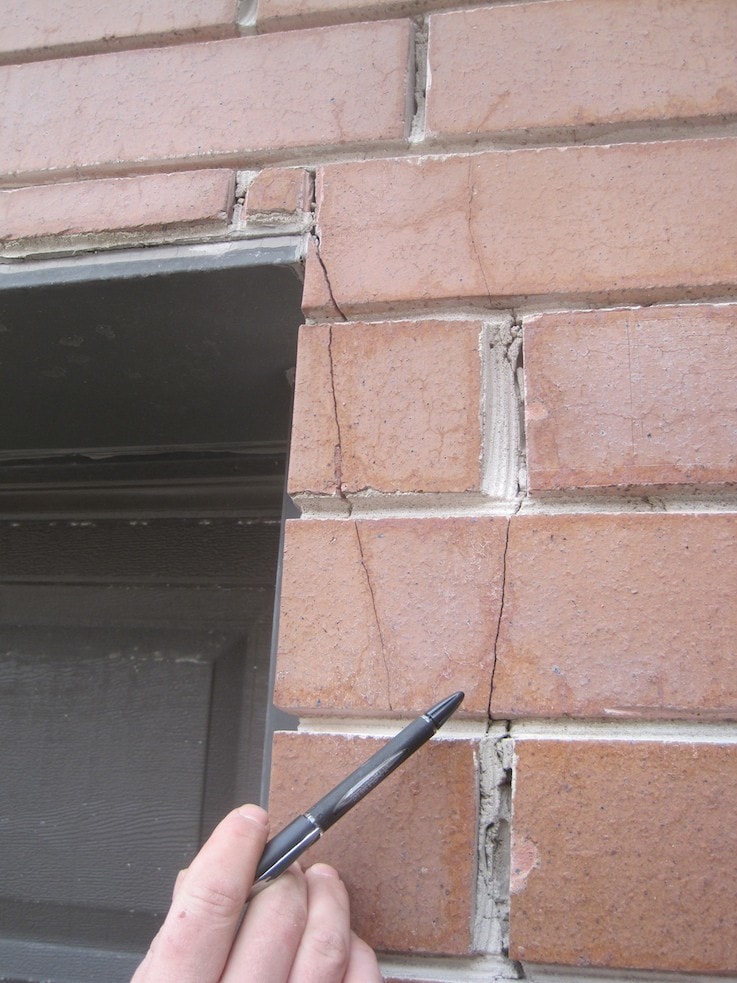Steel Lintel & I-Beam Replacement
What is a Steel Lintel?
A lintel or I-beam is a piece of steel that spans an opening (e.g., a door or window) and supports the masonry above it. Over time as steel lintels and I-beams age, they rust and swell and deflect (i.e., become wavy) and create growing pressure within the masonry wall. This process is known as rust-jacking and if left unchecked can crack apart mortar and heave bricks out of alignment. The forces exerted upon the masonry by a rusting piece of steel are not unlike a nutcracker exerting pressure on a walnut. As the pressure grows, even the hardest masonry (or nut) blows apart.
Signs of Steel Lintel Failure
Early signs of steel lintel or I-Beam failure include the following:
- bricks above the window or door appear to be deflected or wavy instead of laying straight and plumb;
- step-cracks in the mortar joints and bricks emanating outward from the upper corners of the windows or doors as the wall tries to accommodate the swelling steel;
- crushed bricks in the upper corners of window and door jambs where the steel inserts into the wall (see picture below on the right.) Building owners may wonder why these bricks require such frequent repair when, in fact, it is the rusting steel support member that is the culprit.
Severely deteriorated, deflected or otherwise defective steel lintels should be replaced with new, properly primed and painted steel, through-wall flashing and end dams. Defective steel cannot be "repaired" with a coat of paint and be expected to perform properly. Masking a defective steel support member with a coat of paint or bead of caulk can put the public at risk of catastrophic wall failure (see below).



